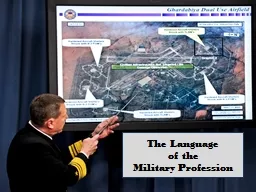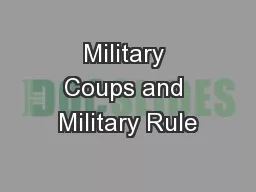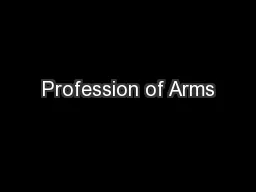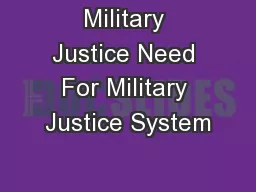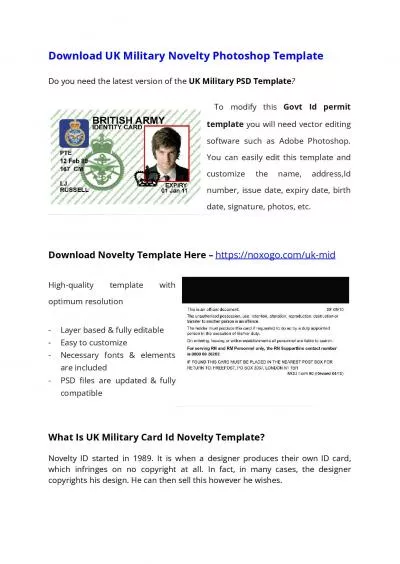PPT-The Language of the Military Profession
Author : stefany-barnette | Published Date : 2018-10-13
War A state of open armed often prolonged conflict carried on between nations states or parties American Heritage Dictionary
Presentation Embed Code
Download Presentation
Download Presentation The PPT/PDF document "The Language of the Military Profession" is the property of its rightful owner. Permission is granted to download and print the materials on this website for personal, non-commercial use only, and to display it on your personal computer provided you do not modify the materials and that you retain all copyright notices contained in the materials. By downloading content from our website, you accept the terms of this agreement.
The Language of the Military Profession: Transcript
Download Rules Of Document
"The Language of the Military Profession"The content belongs to its owner. You may download and print it for personal use, without modification, and keep all copyright notices. By downloading, you agree to these terms.
Related Documents

